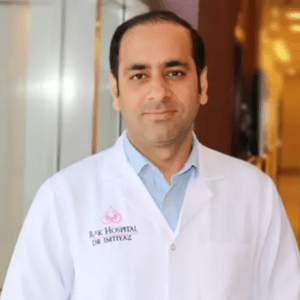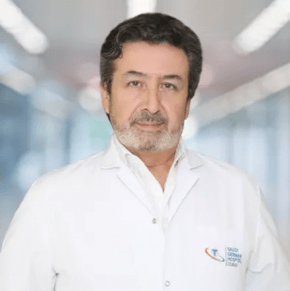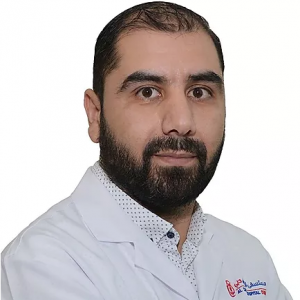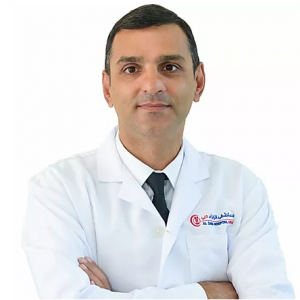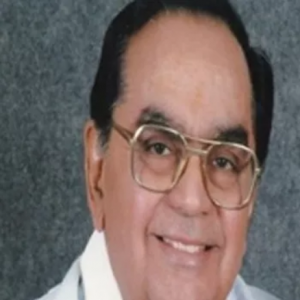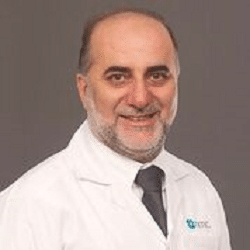Cystoprostatectomy
Cystoprostatectomy is the surgical removal of the bladder together with the prostate gland as a single unit. It is one of the complex surgeries in urology and oncology. Cystoprostatectomy is difficult both for the surgeon, in terms of performing, and for the patient. Patients after this procedure go through a long recovery period; also, get […] Read More
Top Doctors For Cystoprostatectomy Treatments
Top Hospitals For Cystoprostatectomy Treatments
Cystoprostatectomy
Cystoprostatectomy is the surgical removal of the bladder together with the prostate gland as a single unit. It is one of the complex surgeries in urology and oncology. Cystoprostatectomy is difficult both for the surgeon, in terms of performing, and for the patient. Patients after this procedure go through a long recovery period; also, get used to the fact that their bladder has been removed.
Reasons for cystoprostatectomy
Even though cystoprostatectomy is a complex, disabling procedure, it is often the only radical treatment for bladder and prostate tumors. Thus, the most basic indication for performing cystoprostatectomy is a verified diagnosis of bladder cancer and the tumor spreading to the fatty tissue surrounding the bladder or to the prostate gland.
Also, cystoprostatectomy may be indicated for prostate cancer with partial invasion of the bladder neck. However, today the implementation of this complex operation in the latter case is considered unjustified. The course of radical radiation therapy is more favorable for the patient, and his quality of life practically does not deteriorate.
- Cystprostatectomy is not performed in the presence of metastases of the bladder tumor to the lymph nodes, spine, liver, lungs, and other internal organs
- The operation is not performed if the peritoneum and adjacent organs (rectum and intestinal loops) are involved in the tumor process
- The growth of the tumor into the large main blood vessels of the small pelvis is also a direct contraindication to radical surgery
Preparing for surgery
Preparation for prostate gland removal can be conditionally divided into two main stages – a general examination and direct preparation for the surgery. A general examination of the patient is carried out while he is in the hospital, and it requires hospitalization 3-4 weeks before the intended intervention.
During this period, the patient undergoes a laboratory examination, including clinical and biochemical blood tests, clinical analysis of urine composition, a blood test for acid-base medium and electrolyte composition, and a coagulogram. Also, a test for the presence of blood-borne infections (HIV, viral hepatitis, Wasserman reaction) is mandatory. An ECG, X-ray examination of the chest, ultrasound of the pelvic organs are routinely performed.
Before conducting
In terms of direct preparation for surgery, cystoprostatectomy does not differ from other surgical interventions. In the evening, the patient has been prescribed a cleansing enema, and pubic and perineal hair is also shaved. No food or water is allowed from midnight until the operation.
The patient is visited by a therapist, anesthesiologist, surgeon, premedication is performed (in the evening – antibiotics and antidepressants if it is impossible to fall asleep, immediately before delivery to the operating room – analgesics).
Surgical access types
Today, surgeons practice two main types of cystoprostatectomy – abdominal and perineal. Besides, this type of surgical access is gaining popularity as a minimally invasive laparoscopic cystoprostatectomy.
- Abdominal access:- it requires an incision from the navel to the pubic bones, after which the tissues are pushed apart and the vessels of the prostate gland are ligated. The gland itself is removed. An important point is an attempt to preserve the nerve bundle responsible for erectile function and the preservation of urine inside the bladder.
- Perineal access:- With perineal access, the incision is made horizontally, between the anus and the external genitalia, after which, by separation, the tissue is diluted, and access to the prostate gland is obtained. Today, this method is used less often due to technical difficulties that do not allow preserving the nerve bundle and gaining access to the affected lymphatic vessels.
- Laparoscopic method:- Laparoscopy of the prostate is a minimally invasive method of removing the prostate gland, in which the operation is performed through small punctures on the anterior abdominal wall. The surgeon controls the course of the intervention visually, using a camera installed at the end of the instruments inserted into the abdominal cavity. The image from the cameras is transmitted to the computer monitor. This method is distinguished by a small number of complications and a short postoperative period, but its use is possible only with a gland weight of no more than 100 g.
Recovery after surgery
- A patient’s stay in the hospital after surgery can take from 7 to 21 days, and with the development of complications, this period increases until the condition normalizes. The patient’s bladder is catheterized with a soft Folley catheter that is maintained for two or more weeks to control the flow of urine and its nature. The pain syndrome is stopped by using non-steroidal anti-inflammatory drugs. Antibiotic therapy is also carried out for prophylactic purposes.
- The patient can take food the next day after the operation. Intense physical activity is permissible only after 1.5-2 months, using a special bandage.
- Erection recovery after cystoprostatectomy may not occur if the nerve bundle is damaged or removed. In this case, urinary incontinence is usually present. These conditions are treated after complete healing of the surgical wounds.
Possible cystoprostatectomy complications
- Cystoprostatectomy can lead to several general and specific complications, such as sclerosis of the bladder neck, the presence of prostate-specific antigen(PSA) in the blood after prostatectomy, impotence, and urinary incontinence.
Common complications include postoperative complications and unforeseen consequences that are characteristic of any surgical intervention.
- So, nonspecific complications are purulent-septic processes in violation of the rules of asepsis and antiseptics, early and late postoperative bleeding caused by poor-quality hemostasis during the operation or purulent fusion of blood vessels, allergic reactions to the drugs used.
Specific complications:
- Sclerosis of the bladder neck is quite rare. In this case, the bubble loses its ability to contract. The condition is successfully corrected by dilating the organ neck; PSA after cystoprostatectomy may indicate a relapse of cancer or the functioning of the residual areas of the prostate. The presence of this hormone in the blood requires a thorough examination of the patient.
Takeaway
Cystoprostatectomy is the oldest and popular method of removing the bladder and prostate gland along with the lymph nodes. The seminal vesicles and prostate glands that produce see are removed. Modern techniques of cystoprostatectomy help to perform the surgery successfully without any severe complications. It has led to improved patient results and quality of life.



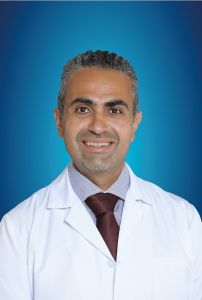
































![DR [PROF.] KARL MILLER](https://anavara.com/wp-content/uploads/2021/10/DR-PROF.-KARL-MILLER-244x300.jpg)






















